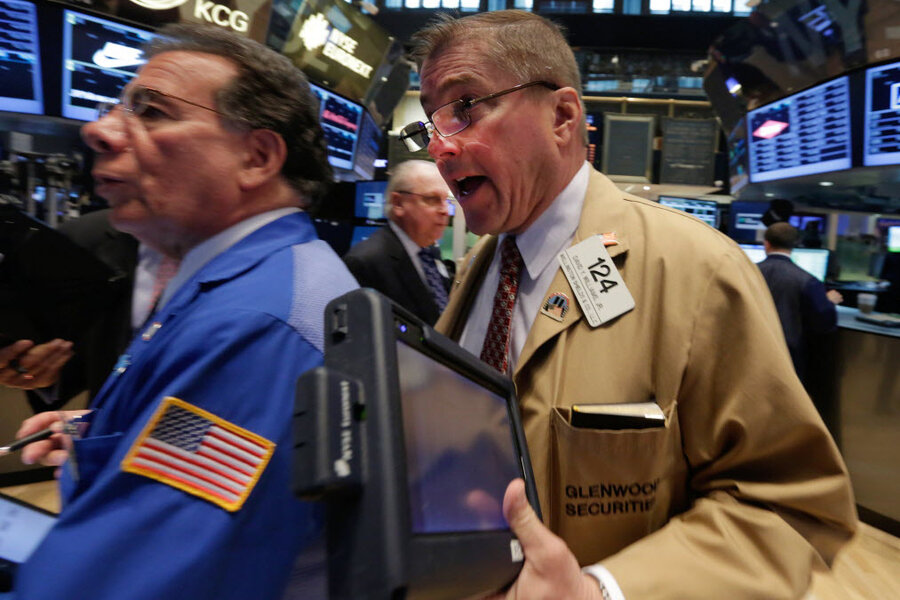Stock market indexes at another record high: What does it signal?
Loading...
| WASHINGTON
US stock indexes notched new record levels Tuesday, with the bull market’s momentum seemingly unfazed by growing questions about its staying power.
The Dow Jones Industrial Average of 30 elite companies staged its fourth record close of the year, edging up 19 points to close at 16715. The Dow also set records on Monday and Friday.
The broader Standard & Poor's 500 index traded above 1,900 points for the first time ever, and then closed at its own new record just a bit below that (at 1897).
The mood on Wall Street and Main Street is calm but hardly euphoric. Trading professionals are buzzing about whether the market is overvalued and when the five-year rally might end. Many small investors still feel the shock of the financial crisis as a not-so-distant memory.
And if the market is reaching new highs overall, it’s not because all types of stocks are generally doing well. Small companies and many technology firms have lost favor with investors over the past month.
To some market watchers, the way investors are rotating from those formerly high-flying sectors to larger industrial firms and “value” investments is a good sign.
“This internal correction is a healthy development, improving the prospects of a secular bull market” with staying power, writes Ed Yardeni, an economist and market strategist with his own research firm.
Yardeni Research sees a roughly 60 percent likelihood of a “rational exuberance” scenario, with stocks generally rising but with internal corrections that signal investors aren’t getting carried away with optimism. But the firm sees a 30 percent chance of an unhealthy “meltup” in stock prices and a 10 percent chance of a bear market.
For forecasters who share that general optimism, some key reasons include an economy that seems to be improving (albeit with some bumps), upbeat corporate earnings news in recent weeks, and a supportive monetary climate from the Federal Reserve.
Many investors expect job growth to remain solid, incomes to rise modestly, and that a recent cooling in the housing market won’t become a major obstacle to growth.
At the same time, after five years of gains, stocks no longer look like bargains relative to companies’ underlying earning power.
“Markets are not cheap by any measure,” writes Lance Roberts of Streettalk Advisors, an investment advisory company. He points to one commonly cited gauge of value – how high today’s stock prices are as a multiple of average corporate earnings over the past 10 years – and concludes that a slowdown in earnings growth or a rise in bond interest rates could end the bull’s momentum.
Challenges that could weigh on the stock market, beyond earnings and interest rates in general, could be any persistent weakness in the US housing market or deterioration of the global economic outlook.
Europe appears set for just tepid growth, with the Ukraine crisis adding a touch of uncertainty. Worries persist about whether China’s economy will retain its momentum and about tougher times in other emerging markets.
Still, the old saying is that bull markets “climb a wall of worry.” That’s what’s been happening lately.







